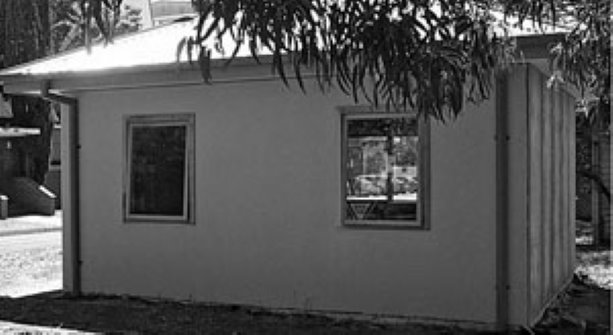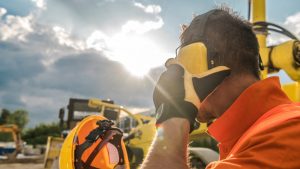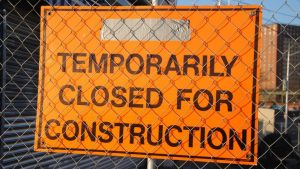An Australian company is marketing a new cement-based product that weighs half as much as concrete, yet provides five times its thermal insulation. The manufacture of HySSIL (High-Strength, Structural, Insulative, Lightweight) panels eliminates most of the crushed aggregates commonly found in concrete and replaces them with air bubbles.
Innovation
Australian technology improves insulation rate
An Australian company is marketing a new cement-based product that weighs half as much as concrete, yet provides five times its thermal insulation. The manufacture of HySSIL (High-Strength, Structural, Insulative, Lightweight) panels eliminates most of the crushed aggregates commonly found in concrete and replaces them with air bubbles.
The technology was developed by Australia’s Commonwealth Scientific and Industrial Research Organisation (CSIRO) in conjunction with CMR Energy Technologies who established HySSIL Pty Ltd. (pronounced “High-sil”).
Company Director Roy Yong says the product was developed as an offshoot of traditional pre-cast concrete panels.
“These are lighter to put up, and much easier and cheaper to lift and handle.”
Yong first conceived the product in 1998, establishing a research program with CSIRO’s Dr. Swee Liang Mak.
“The crushed aggregate is the heaviest part of concrete,” says Yong. “In HySSIL, we eliminate that stone and create an aeration process which comprises numerous air bubbles in the mix, far more than the traditional six per cent of air found in normal concrete. This is what creates the lightness. A lot of energy is wasted in the quarry with blasting, cutting and transporting aggregates, so a lot of energy is saved in manufacturing our product.”
The mixing process also uses less energy, says Yong.
“With normal heavy concrete, because of the mass and weight, more turning is required. Ours is half the weight, so there is less turning and less energy used. Any excess product is recyclable — you can crush it and put it back into the mixer and reuse it, so there is very low waste.”
The manufacturing process requires exacting standards — too many bubbles weaken the product and could compromise the panels’ thermal efficiency.
A specialized mixer and manufacturer training ensures product consistency from batch to batch.
Yong says the panels can be raised and attached to walls in just a few minutes without the use of heavy lifting equipment, a fraction of the time it might take to cover a similar wall with brick. The product’s finish is smooth and non-porous and requires no further protection from the elements, although the panels can be finished with traditional coatings such as paint and stucco.
“We’ve seen other cement-based products that contain air bubbles, but they were generally much weaker than HySSIL,” says Yong. HySSIL delivers up to 25 Mpa compressive strength, making it suitable for use in both load-bearing and non load-bearing walls. The panels have a two-hour fire rating.
Yong and his team have built a demonstration project in Melbourne — a one-storey structure with HySSIL panels fixed to the outside walls. He predicts the product will last as long as traditional concrete in both residential and commercial applications.
The company will be manufacturing and marketing the panels in Australia, but hopes to find overseas sub-licensers — including U.S. and Canadian representatives — by next year. While Yong says blocks and panels will likely gain quickest market acceptance, spin-off products are waiting in the wings. These may include both structural and non-structural items, such as walls, roof tiles, floor systems, decks and noise barrier panels.
“So far we’ve seen interest from the construction industry,” says Yong.
“The cement manufacturers are happy to work with us because we’re still using their product — although the brick people aren’t as happy.”











Recent Comments
comments for this post are closed